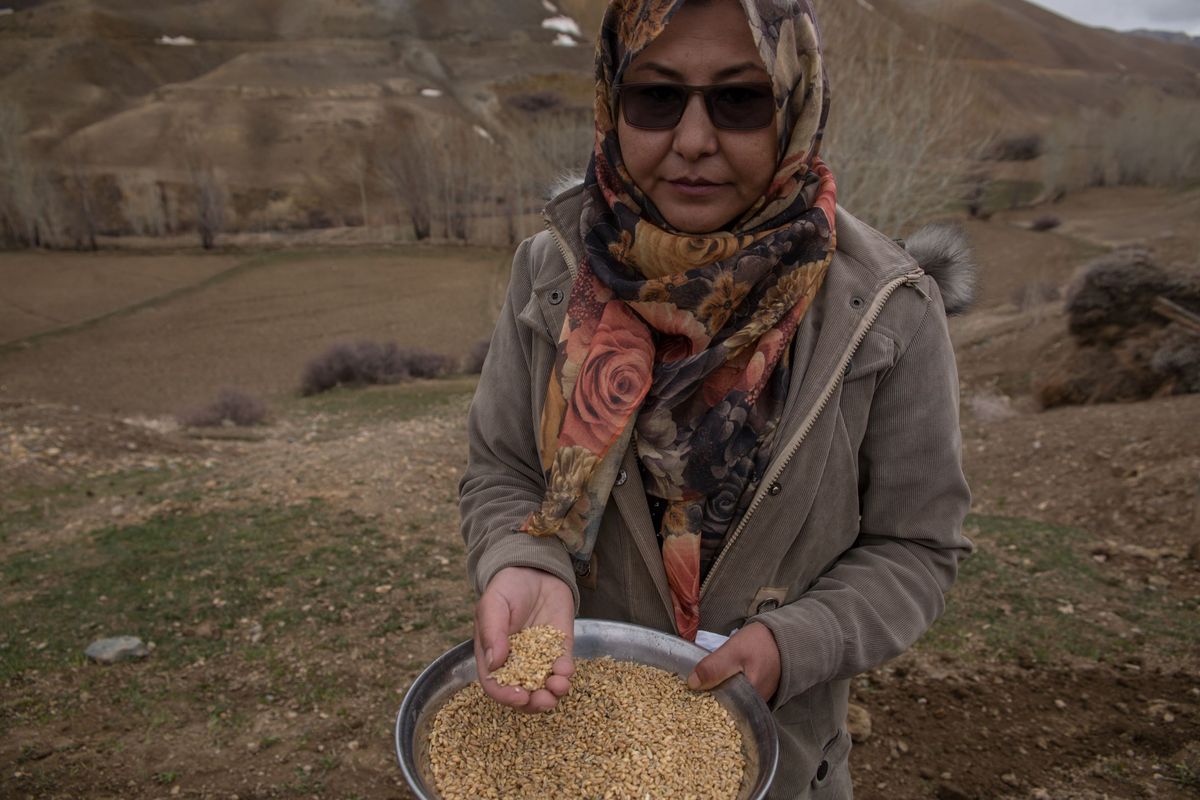The water dispute between Afghanistan and Iran, explained
Afghanistan and Iran share a border, but they aren’t on great terms.

A few minutes every morning is all you need.
Stay up to date on the world's Headlines and Human Stories. It's fun, it's factual, it's fluff-free.
The backstory: Afghanistan and Iran share a border, but they aren’t on great terms. They also both get water from the Helmand River, which is Afghanistan’s longest and feeds into a big lake in Iran. A lot of the tension between the two comes from access to this water.
In the 1940s and 50s, Afghanistan built two dams along the river so that it could generate electricity and irrigate crops. But this also meant it could cut off the water flowing into Iran. This caused a lot of worry, as Iran often goes through periods of drought. So back in 1973, the two countries signed a treaty that meant Afghanistan had to let Iran have around 850 million cubic meters of water from the river each year, as well as outlining how to measure water levels.
More recently: Throughout the past decade or so, Iran has been experiencing a drought that’s just gotten worse and worse, and Afghanistan is also seeing a long drought. Over the past few weeks, Iran has been saying that the Taliban, which now runs Afghanistan, hasn’t been following the treaty. It’s asked the country to open a dam to allow more water to flow and hydrate both sides. The Taliban denies it’s withholding water and says it’s dedicated to upholding the treaty.
In fact, Taliban officials recently said that because of low water levels, even if the dam is opened, none of that water will make it over to Iran. But Iran responded, saying if this is true, it can only be determined by a joint technical team according to the rules of the treaty.
The development: With this water dispute already causing issues, there were also deadly clashes between Iranian and Taliban authorities at the border in the Afghan Nimroz province this weekend. Both countries are trading blame for who started it, and we’ll probably never know who’s really responsible. Two members of the Iranian security force and a Taliban border guard were killed, and others were injured. After the clashes, some Taliban leaders released viral videos on social media mocking and threatening Iran over the issue.
Since then, the violence has stopped, and now both countries are reportedly in talks to reduce tensions. Afghanistan has said, “the situation is under control.” The Taliban has also reportedly said it doesn’t want to fight with its neighbors.
Key comments:
"Without observing international laws and good neighborliness, Taliban forces started shooting at the Sasoli checkpoint ... drawing a decisive response," IRNA reported, quoting Iran's deputy police chief, Qasem Rezaei.
"Local Iranian and Afghan officials have held negotiations on the cause of the clashes and agreed to continue their talks,” said Alireza Marhamati, a deputy provincial governor in Iran.
“Unfortunately, today, once again, Iranian troops started shooting and fighting in the border areas of Kang district of Nimroz province of Afghanistan,” Afghanistan’s ministry said in a statement on Twitter. “The Islamic Emirate considers dialogue to be a reasonable way for any problem, negative measures and looking for excuses for war are not in the interest of either side.”
"Sure, skirmishes and then a war can start with Iran, but soon Afghanistan will end up as the terrain for proxy wars with Teheran," said Torek Farhadi, a former Afghan official, about the possibility of more fighting. "Arms and munitions will flow to Afghanistan to fight Iran, but the fighters would be Afghan youth, and the destruction will occur in Afghanistan. Not a good perspective."




Comments ()